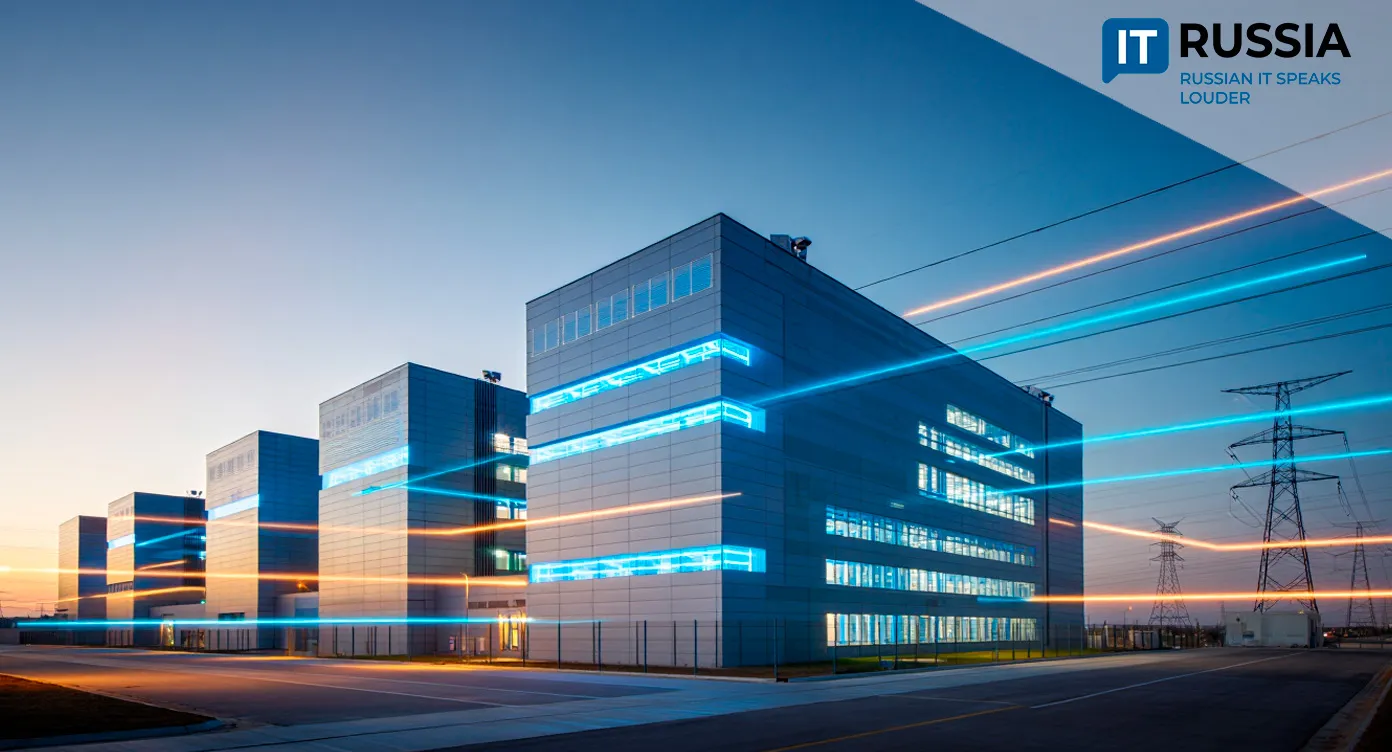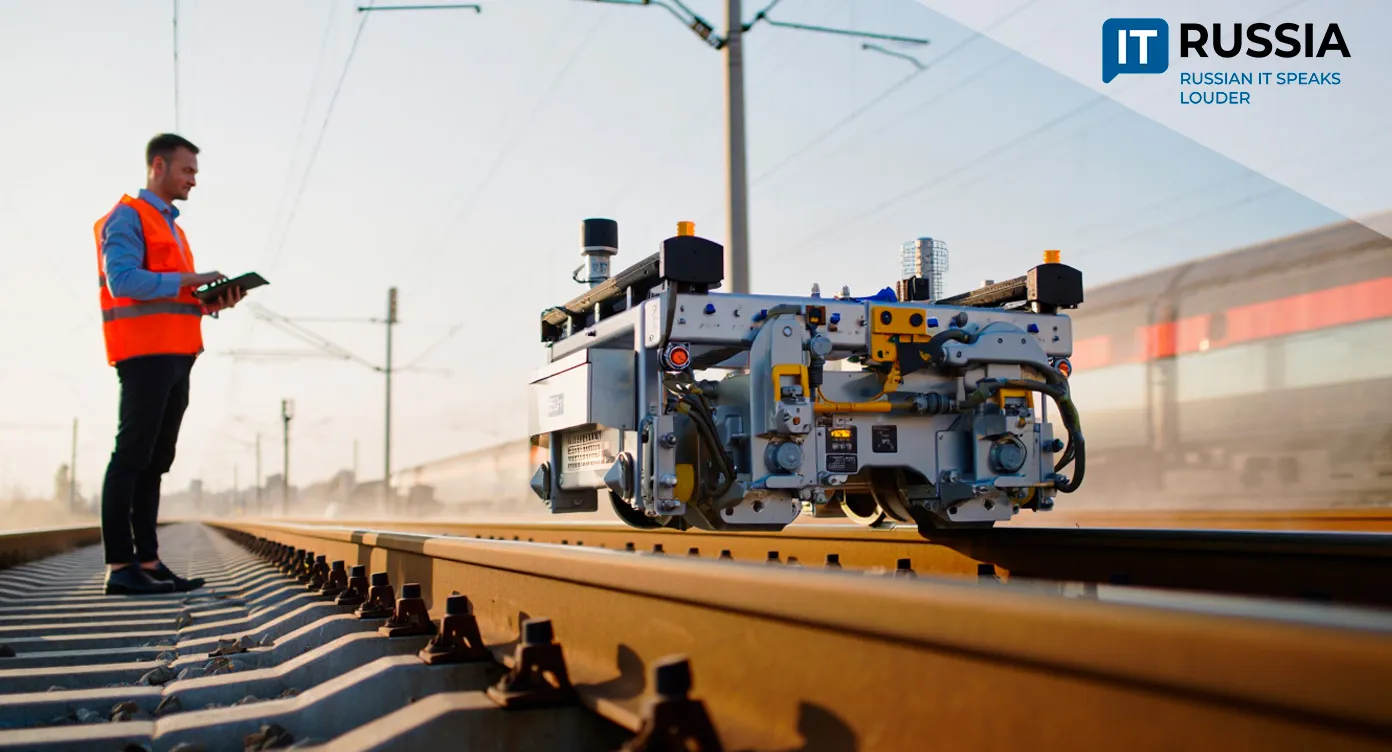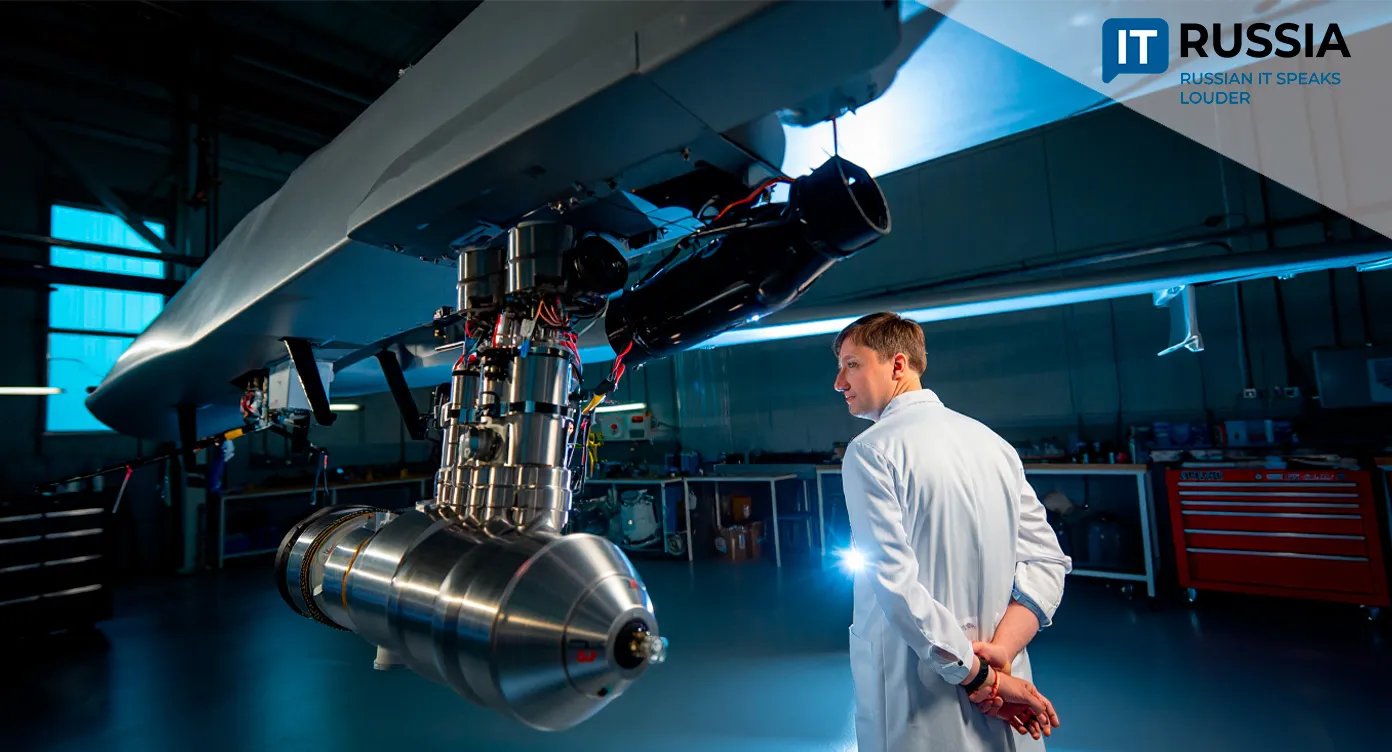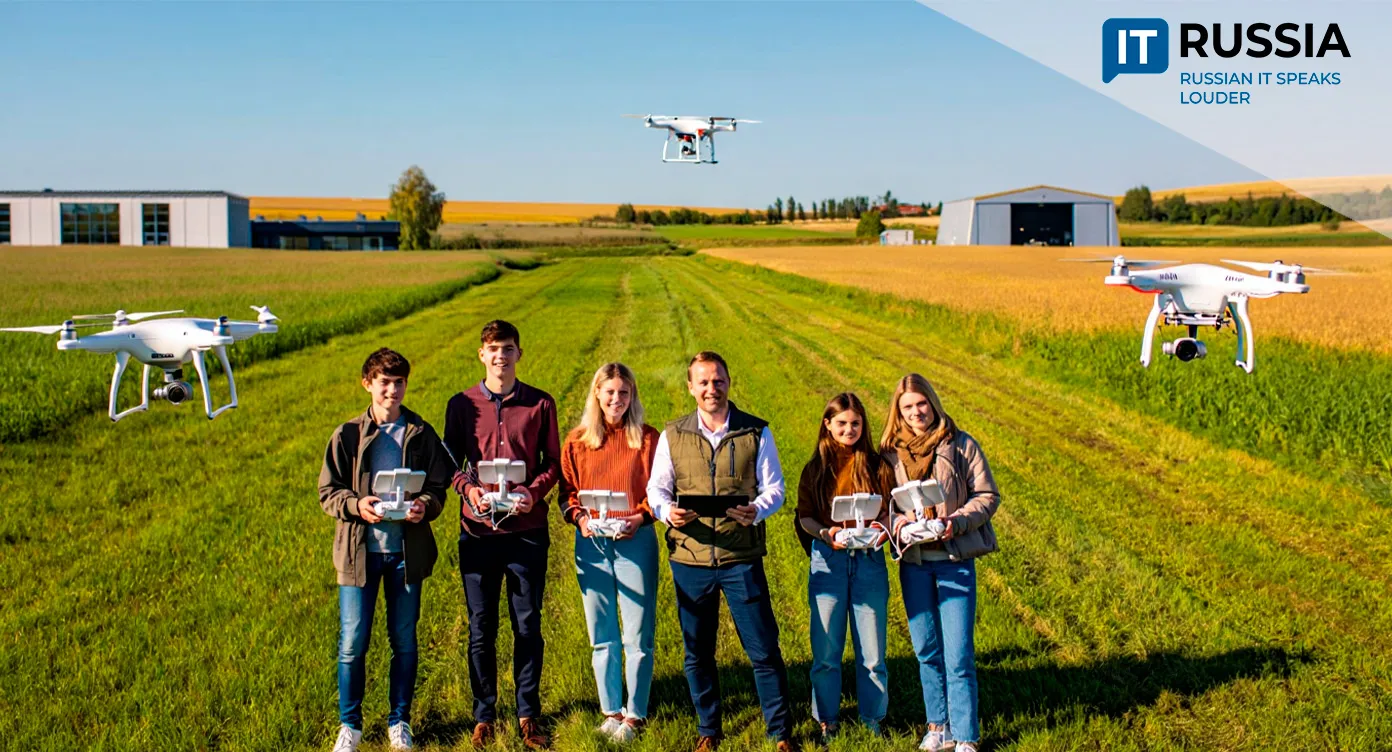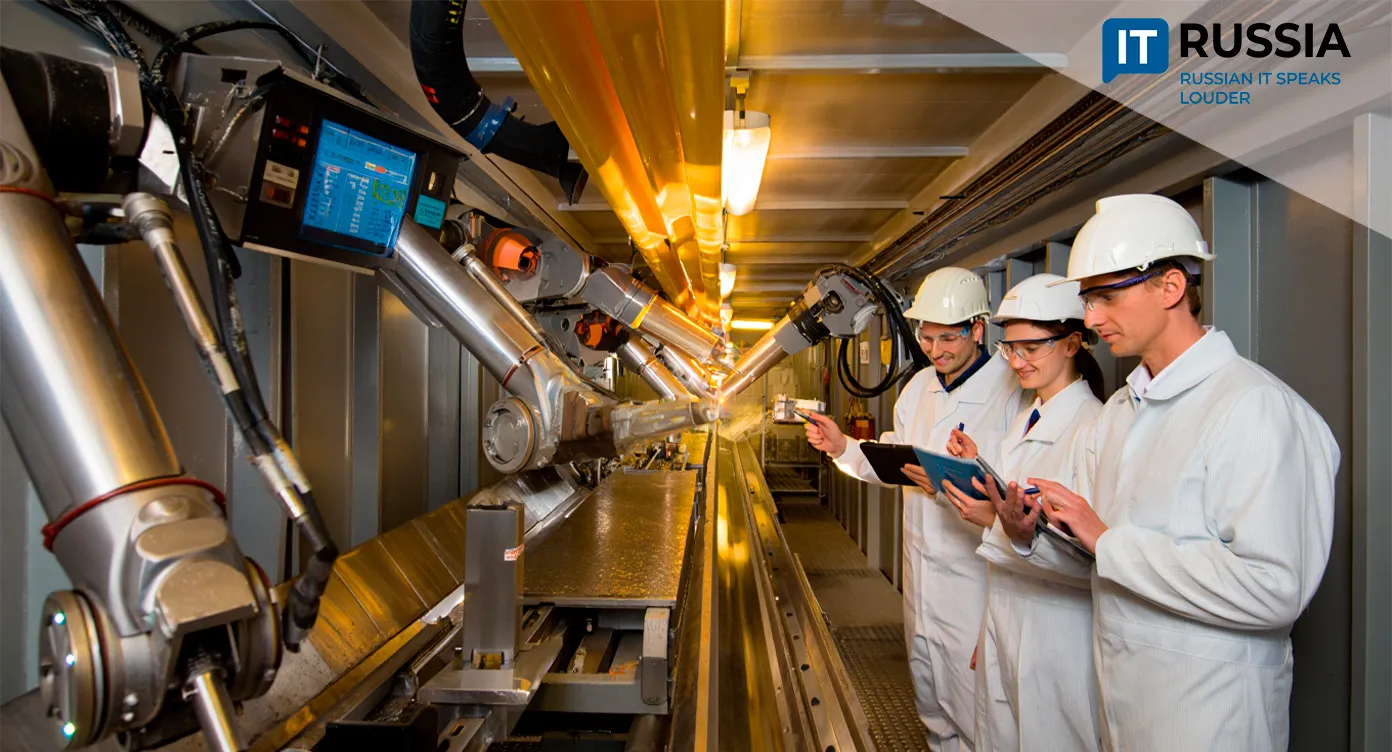Deep in the Ural Mines: Russia Pushes for Accelerated Mining Robotization
The 'Digital Industrial Ural' forum in Yekaterinburg marked a defining shift for Russia’s mining sector: rapid robotization. Industry leaders are uniting to usher in the era of Hi-Tech mines that combine safety, efficiency, and technological sovereignty.
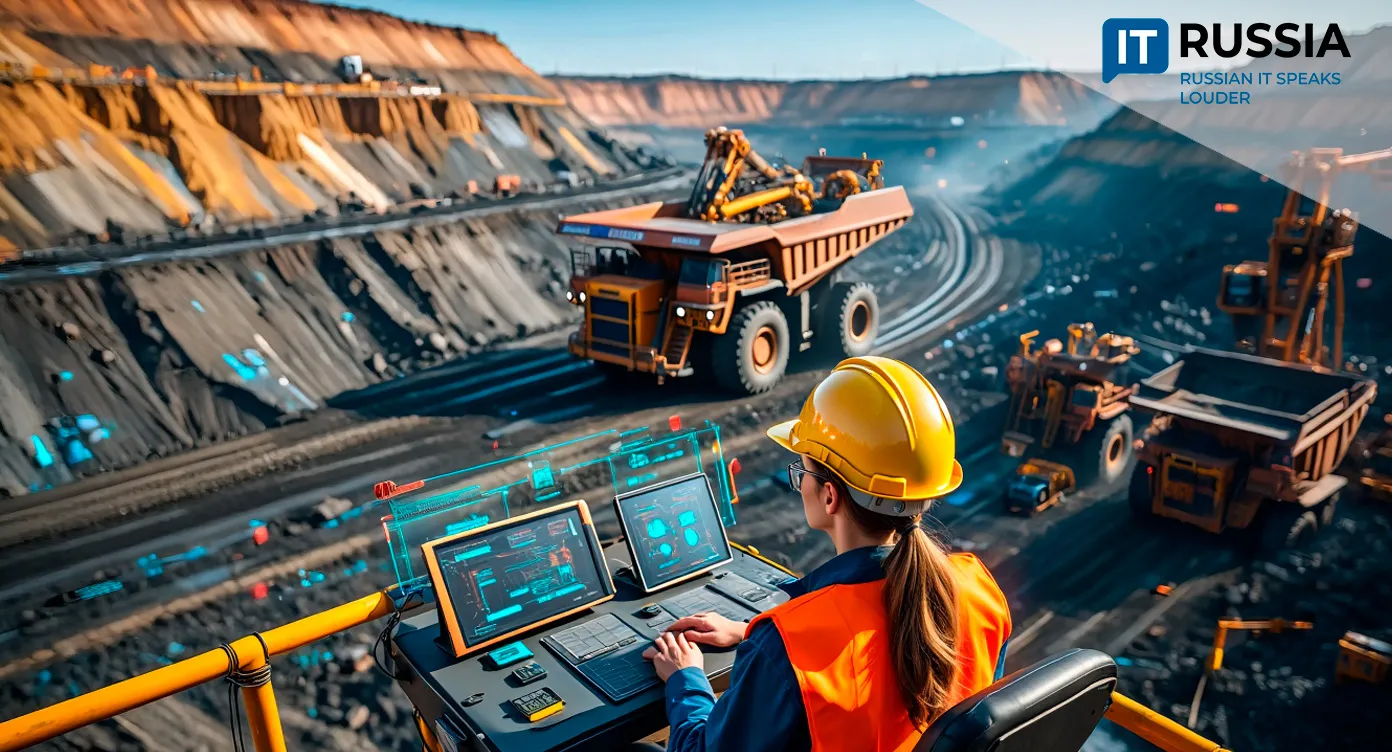
Robots to Replace Missing Workers
Forum participants discussed key industry challenges and real-world cases showing how automation can address them. The most pressing issue is a severe shortage of skilled labor — particularly operators of heavy machinery. The proposed solution: full-scale industrial robotization.
The global number of mining robots continues to grow, and Russia is catching up fast. One example comes from Norilsk Nickel (Nornickel), where remote-controlled heavy equipment allows production to continue safely during blasting and ventilation cycles.
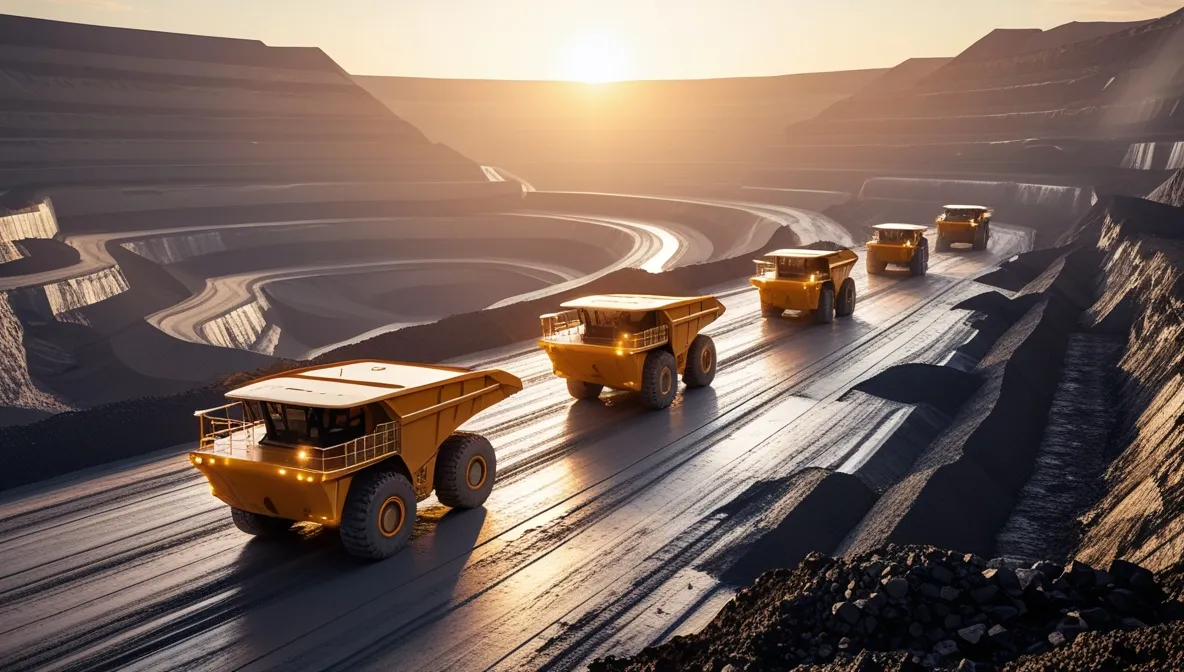
This has improved equipment utilization rates by 25%. Automated systems help companies eliminate downtime, optimize fleet usage, and create predictable production cycles while minimizing human error and safety risks.
Rexoft, a Russian tech developer, presented an automated rock breaker — a robotic system that continuously crushes ore after blasting, guided by AI-driven analysis of impact points. The system operates around the clock, increasing throughput and safety in high-risk zones.
Beyond efficiency, digitalization ensures a traceable data trail. This makes it possible to track every operational decision, analyze performance, and replicate successful practices across multiple sites.
Experts emphasized that the driving force behind robotization should not only be short-term profit but a long-term strategy to strengthen industrial resilience and sustainability.
Regulations Under Review
The Digital Industrial Group (Tsifra), one of Russia’s leading developers of automation solutions for heavy industries and open-pit mining, has become a key driver of industrial robotics. Its subsidiary, VIST Group, has over 35 years of experience in industrial safety and blasting technologies. The company has already deployed five autonomous mining robots across Russia and Kazakhstan.
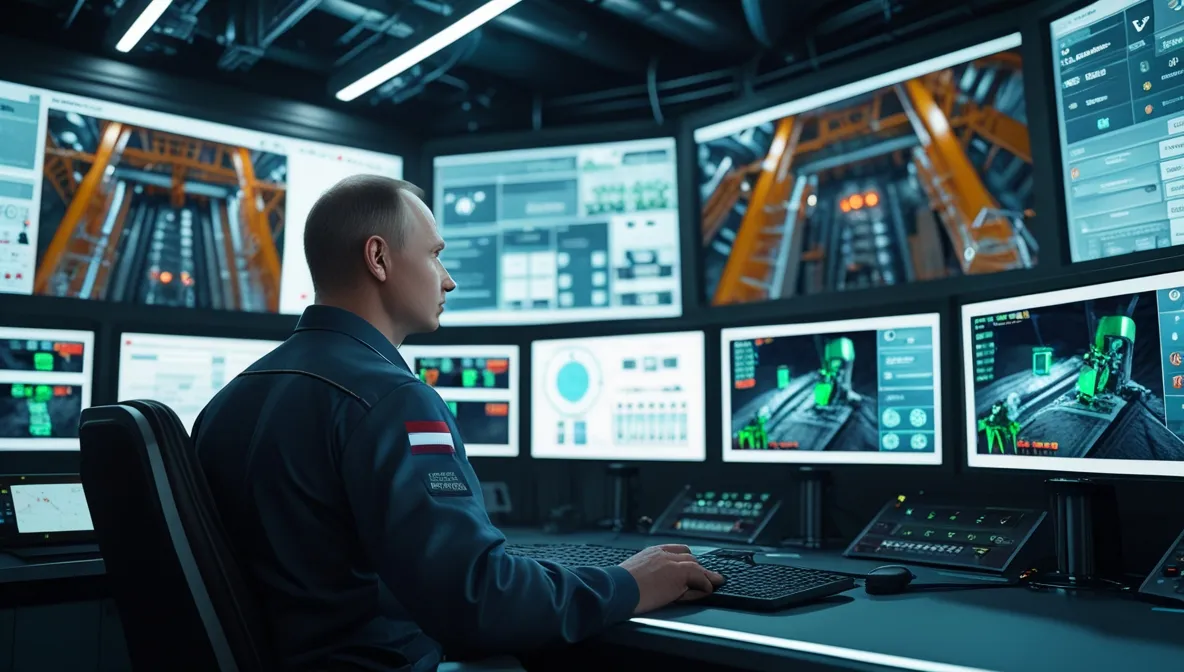
However, experts admit that Russia still lags behind regions such as Australia, South America, South Africa, and China in terms of deployment speed. One major barrier is a complex regulatory framework that often offsets the economic benefits of automation — at least initially. Fortunately, these outdated regulations are now being revised, paving the way for faster adoption of robotics in Russia’s mining sector.
The Digital Industrial Revolution
Analysts agree that the pace of robotization in Russian mining is accelerating. Pilot projects have already demonstrated significant gains in productivity, fuel efficiency, and machinery lifespan. Advances in communication networks and mining equipment design have further improved the feasibility of autonomous operations.

The Russian government is preparing a national program aimed at expanding industrial automation based on domestic technologies. This aligns with the country’s strategy for technological sovereignty. Even if some mining robots are of foreign origin, their control systems and data processing must remain within Russian jurisdiction — ensuring data security and independence.



